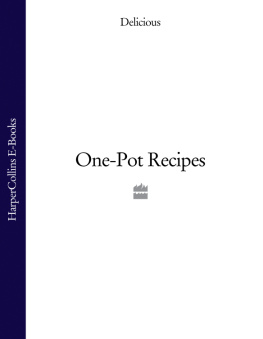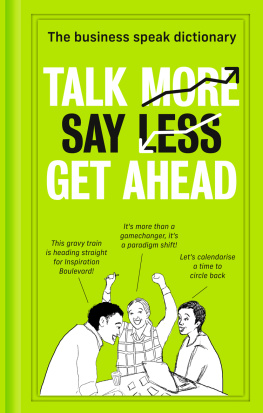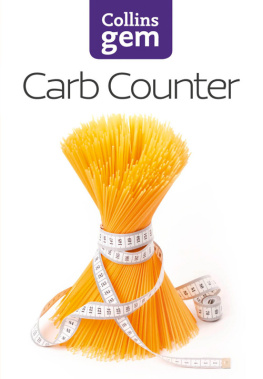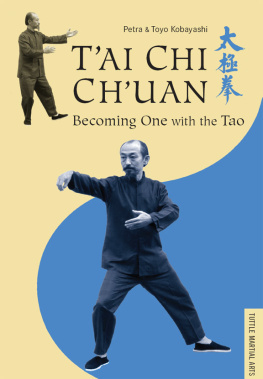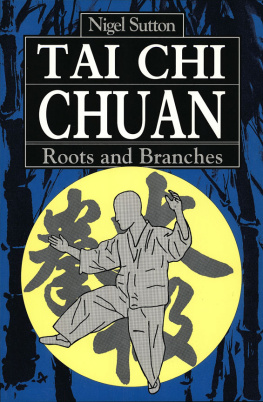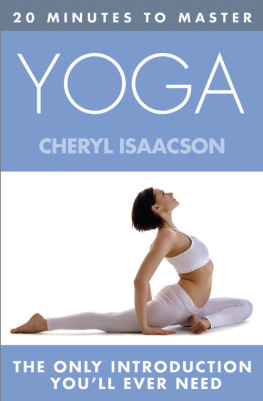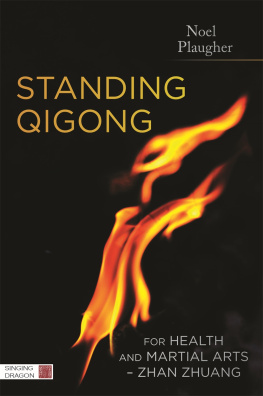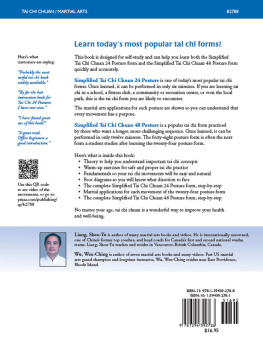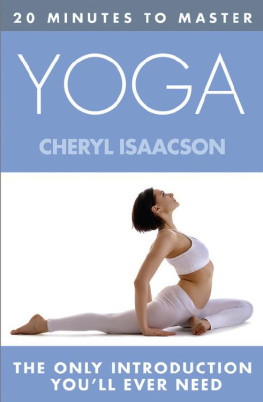Contents
Early in the morning, in any park in any city in China, hundreds of people can be seen performing a series of slow, graceful movements. This is the art of Tai Chi, a respected and long-established communal tradition in one of the worlds oldest cultures. What was originally developed as a martial art for self-defence has now become a highly effective exercise system that is practised and enjoyed by people of all ages.
This book is an introduction to the history, philosophy and practice of this fascinating, multifaceted art. It also introduces the various styles that are practised around the world today. More practically, it provides information on what can be expected when attending a regular Tai Chi class.
From its early origins in the holy Taoist mountains of China, to its growth as a form of physical meditation so much taken for granted as to have become a public custom, Tai Chi has emerged as a highly practical tool for life in the 21st century. Tai Chi can help to improve posture, increase energy levels and create a calm, clear mind. By learning a few simple postures, and regularly practising them for a few minutes each day, the practitioner can integrate this ancient Chinese system into his or her daily routine and enjoy its benefit in many ways: physically, mentally, emotionally and, ultimately, spiritually.
The principles of Tai Chi are at the heart of many other Chinese arts: traditional Chinese medicine, feng shui, Chinese astrology and the I Ching all use the concept as a model for creating harmony within our bodies and with our environment. By understanding the principles behind Tai Chi, practitioners find themselves better equipped for the practice of the art.
One becomes two and two becomes three and three becomes ten thousand things.
The words Tai Chi translate from the Chinese as supreme ultimate. The supreme ultimate is the representation of the harmony and interrelationship of all things, best illustrated by the concepts of yin and yang. It is the connection between the two energies that creates new life and everything that comes from that. From this interchange of the two opposing yet complementary energies, everything else is created.
Tai Chi Chuan is a Chinese exercise system which, although originally developed as a martial art, can also be practised for health, relaxation and meditation. It involves a series of postures that are linked together to create a continuous flowing sequence of movement.
Although many people talk about Tai Chi, the words Tai Chi only represent the concept outlined previously. It is just that a concept or idea. One cannot practise an idea. We can apply this philosophical belief in our practice of the art, but it must be applied to doing something. What we practise is the art of Tai Chi Chuan. Today the exercise system is commonly referred to as Tai Chi (as it is in this book), but without its relationship to chuan it is nothing.
Chuan means fist or boxing. Tai Chi Chuan therefore means supreme ultimate boxing. This term always refers to a system of fighting that utilises the principles of Tai Chi. How the philosophy of Tai Chi is applied as a fighting art will be further explained in the section on partner work and martial applications.
Tai Chi is founded on theory and principles that go back thousands of years. Evidence of the concepts of yin and yang is found in the Yellow Emperors Classic of Huang Di. This is the definitive classic of traditional Chinese medicine that, although written over 4,000 years ago, is still applied in acupuncture and Chinese herbalism and massage, and continues to play a role in healthcare today.
The art of Tai Chi can be traced back hundreds of years to the 13th-century Taoist sage Chang San-Feng. Legend has it that Chang San-Feng was over 6ft (2m) tall and a powerful fighter. It is said that he retired from his working life as a government official to further his spiritual development. He is reported to have trained in Shaolin boxing (a Chinese martial art developed by the Buddhist monks of the Shaolin Temple) before retreating to one of the holy mountains, Wudang Shan, to follow the Tao (Way). Shunning traditional monastery life, he preferred to live in a cave and spent his time in contemplation amid the beautiful natural surroundings of these famous mountains.
For one who hoped to achieve harmony with nature, Chang San-Feng chose the perfect location on this sacred mountain. As well as beautifully inspiring peaks and rich vegetation, the area also contained over 400 kinds of Chinese herbs that are included in the Materia Medica, the ancient handbook for Chinese herbal remedies that is still in use today.

An early doll used for the teaching of acupuncture. Acupoints are based along the meridians, which are central to Tai Chi
According to legend, during one of his meditations Chang San-Feng observed a fight between a snake and a bird (a crane). When the crane dived to attack the snake, the snake slithered out of the way to avoid the birds beak. When the snake rose up to spit its poison at the bird, the bird managed to spread its wings to defend itself. This fight went on for some time with no creature harming the other and each successfully avoiding the others attacks. Chang San-Feng considered the natural flowing movements of these and other creatures and, together with his knowledge of Shaolin boxing, incorporated them into a series of exercises known as the Thirteen Postures.
The first system actually known as Tai Chi Chuan began in the 17th century in Chenjiagou village, Wenxian county, Henan, China. There Chen Wang-Ting began teaching, and from those teachings originated todays Tai Chi.
The term Tai Chi is represented by this symbol:

The symbol is a depiction of two aspects: yin and yang.
The white part is yang and the dark part is yin. The white part (yang) has a small black circle and the dark part (yin) has a small white circle. This represents the necessity that each aspect should also include part of its opposite aspect for things to be in balance.
The two aspects represent opposite yet complementary forces or energies. For example:
Yang | Yin |
Sun | Moon |
Day | Night |
Hot | Cold |
Summer | Winter |
Hard | Soft |
Active | Passive |
Male | Female |
Motion | Stillness |
Take a closer look at the Tai Chi symbol.
In observing the shape and form of the symbol, think about the concept of time. The point of extreme yin is when we have the darkest hour. Then, as the white part of yang appears, so too does dawns early light. As time progresses, and the sun reaches its highest point, there is midday which is the extreme point of yang. Then as the day progresses the light slowly fades and the darkness or yin period begins.
In the yin period, there are still aspects of yang: there are stars and there is also the moon, which adds light to the sky, and amid the quiet resting period of night-time there is still activity in the heavens.




